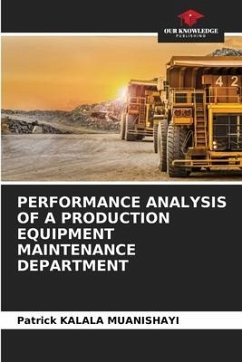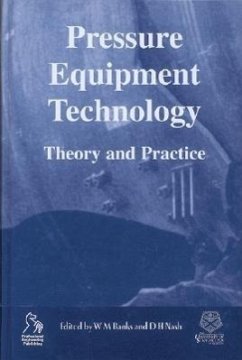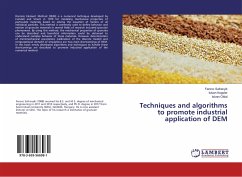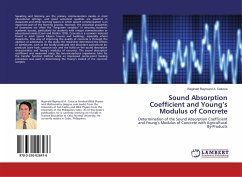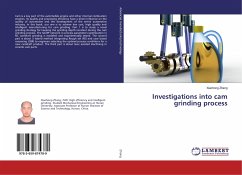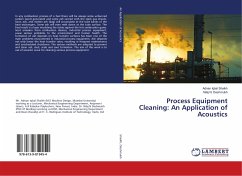
Process Equipment Cleaning: An Application of Acoustics
Versandkostenfrei!
Versandfertig in 6-10 Tagen
33,99 €
inkl. MwSt.

PAYBACK Punkte
17 °P sammeln!
In any combustion process of a fuel there will be always some unburned carbon (soot) generated and some ash carried with the stack gas stream. Soot, ash, and molten ash (slag) will accumulate at the tube banks of the heat exchangers. Some ash will even melt down at the tube surface. The final result is a layer insulating the tubes against the hot combustion gases. Soot emission from combustion devices, industrial process equipment, cause serious problems to the environment and human health. The formation of ash deposits on heat transfer surfaces has been one of the main problems encountered in...
In any combustion process of a fuel there will be always some unburned carbon (soot) generated and some ash carried with the stack gas stream. Soot, ash, and molten ash (slag) will accumulate at the tube banks of the heat exchangers. Some ash will even melt down at the tube surface. The final result is a layer insulating the tubes against the hot combustion gases. Soot emission from combustion devices, industrial process equipment, cause serious problems to the environment and human health. The formation of ash deposits on heat transfer surfaces has been one of the main problems encountered in industrial process equipment. Ash deposits not only lower the heat transfer rates, resulting in frequent maintenance and unscheduled shutdown. The various methods are adopted to prevent and clean ash, dust, scale and soot formation. The aim of this work is to use of acoustic wave for cleaning various process equipment.



